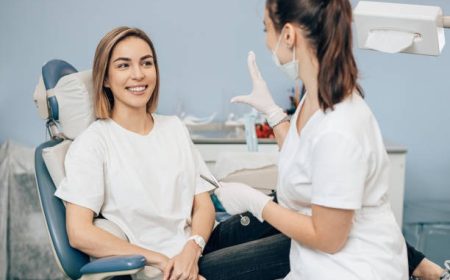Everything You Need to Know About Biohazard Cleanups
While cleaning up minor spills and messes around your home is simple, biohazards must be handled carefully to avoid direct exposure to potentially harmful contaminants. The professionals that offer biohazard cleanup services have comprehensive training and use specialized equipment to deliver the highest level of cleanliness possible. Here’s a look at what biohazard cleanup includes and advice on choosing a reputable biohazard and disaster cleanup company in your local area.
What Is a Biohazard?
Any potentially harmful biological material that is unsafe or contaminated is called a “biohazard” or “biological hazard.” In many cases, biohazards can cause deaths. Pathogens, viruses, and bacteria are all examples of biohazards. They can be found in various settings but are most common when dealing with medical or industrial waste.
Which Biohazards Are Covered by Cleaning Services?
The biohazards that are most frequently detected in domestic environments are as follows:
- Animal waste: Hoarding situations or locations where hunters have improperly prepared meat may contain large amounts of excrement or even dead animals.
- Bodily fluids: When a violent crime, suicide, or accident occurs, local law enforcement will look into the situation to see if a biohazard removal company‘s service is required.
- Chemical spillage: To ensure safety, call a professional to clean up antifreeze spills, broken mercury thermometers, or CFL light bulbs.
- Disease outbreaks: Areas with COVID-19 or other disease outbreaks can benefit from help from biohazard teams with cleaning and disinfection.
- Mold: Professional treatment is needed if the mold growth is considerable and covers more than 10 square feet. Click here to learn more about mold remediation.
- Needles & Sharps: Used needles, syringes, and other drug paraphernalia must be safely removed and disposed of by qualified biohazard cleaners to stop the spread of dangerous infections.
- Sewage backups: Leave sewage cleanup to a biohazard crew since sewage exposure might lead to severe infection.
What Risks Exist When Cleaning Up Biohazards?
Biohazard cleanup entails apparent risks for the cleaners taking part in the procedure and the property owners or employees at the affected place. While cleaning up biohazards, technicians must ensure that personal protective equipment (PPE) is worn the whole time and that all hazardous germs are eliminated.
The biohazards themselves are the primary threats posed by biohazard cleanup. Body fluids can carry harmful diseases like HIV and infect cleaners if proper PPE and safeguards aren’t used. Needles and other medical sharps can be infected with blood-borne viruses, resulting in bodily harm. The substances also prove dangerous to cleaners, so they must be handled cautiously.
How to Find the Right Biohazard Cleanup Company?
To find a business you can depend on if you need to employ someone to clean up biohazards in your home, take the following suggestions:
- Request recommendations and contact the non-emergency police line or other pertinent organizations and inquire as to if they can suggest a local biohazard cleanup company.
- Check out the websites of several biohazard cleanup service companies to discover whether they can handle your case by checking online.
- Research independent reviews to discover the business’s credibility by reading previous clients’ experiences.
- After you’ve found a preferred service provider, get in touch with them right once so cleanup can start immediately.
Why Employ A Professional Biohazard Cleaner?
Compared to regular cleaners, biohazard cleaners have received specialized training, are certified, and have experience handling and removing harmful biohazards. In addition, they sanitize and disinfect affected surfaces while using specialized cleaning tools and cleaning agents to safely and efficiently remove biohazards from the scene.
After a thorough professional cleaning, the area is again safe for usage and habitation. It shouldn’t represent a threat to the general well-being of those living in and around the space once a biohazard cleaner has completed cleaning up the biohazardous site.







